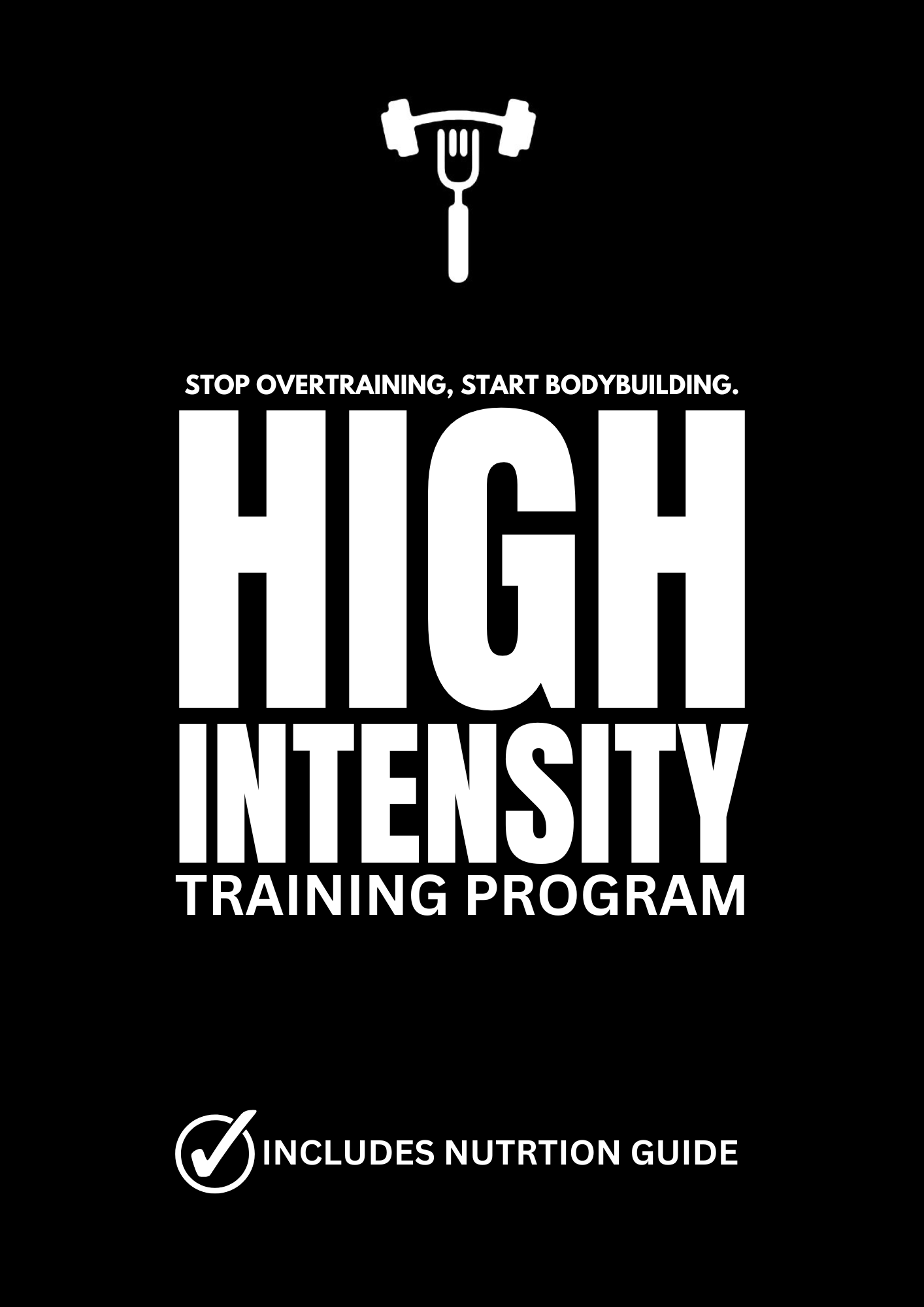Why They Stay Shredded Eating Whatever They Want And You Can't

Have you ever wondered why some people seem to effortlessly maintain a shredded physique while indulging in all sorts of food, while others struggle to keep the weight off even with strict dieting? The phenomenon of high school metabolism, where individuals seem to maintain their physique effortlessly during their teenage years only to struggle later on, is a topic of curiosity and frustration for many. In a recent discussion, we delved into this topic, shedding light on the factors at play behind this disparity.
The perception that some individuals possess a naturally faster metabolism or superior genetics that allow them to stay lean regardless of their diet and lifestyle choices is a common one. However, a closer look reveals that the reality is more complex.
One key factor highlighted is the role of portion control and appetite regulation. While it may seem like these individuals are eating whatever they want without consequence, they often have a naturally lower appetite or a higher sensitivity to satiety signals. This means they may struggle to consume enough calories to gain weight, even when consciously trying to bulk up. Conversely, those who struggle to maintain their physique may have a higher appetite or a less sensitive satiety response, making it easier for them to overeat and gain weight.
Additionally, the level of physical activity plays a significant role. Individuals who engage in high levels of exercise, such as intense weight training, cardio, or sports, naturally burn more calories, giving them greater leeway in their diet. This means they can consume more calories without gaining weight compared to someone with a sedentary lifestyle.
Furthermore, individual differences in body composition and fat distribution also play a role. Some people may naturally store fat in a way that is less visible or less detrimental to their overall physique, making it easier for them to maintain a lean appearance even with fluctuations in weight.
Contrary to popular belief, blood work analysis often does not reveal significant differences in metabolic markers such as thyroid hormone levels or testosterone levels between individuals with different body compositions. Instead, it is factors such as appetite regulation, physical activity level, and body composition that have a more significant impact on metabolic rate and body composition.
Ultimately, while genetics may play a role to some extent, the key to achieving and maintaining a shredded physique lies in understanding and managing factors such as portion control, appetite regulation, physical activity, and body composition. By adopting a balanced approach to diet and exercise tailored to individual needs and preferences, anyone can work towards their fitness goals, regardless of their starting point. So, next time you find yourself marveling at someone's ability to stay shredded while eating pizza and pasta, remember that there's more to it than meets the eye.

